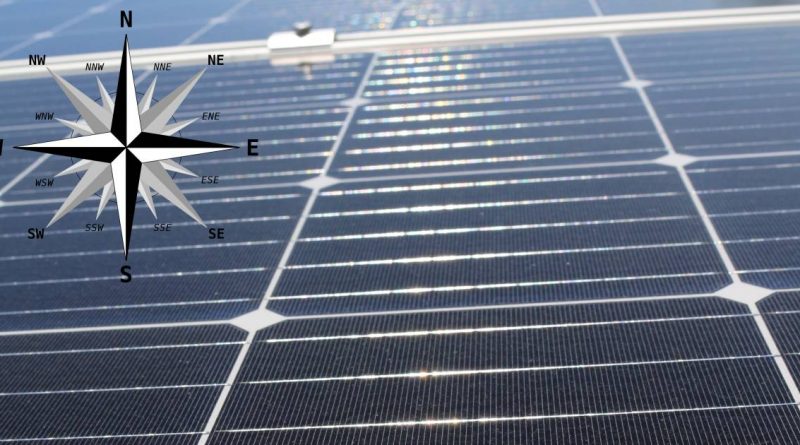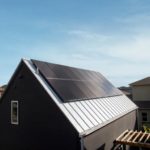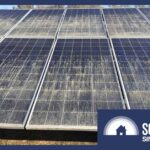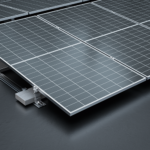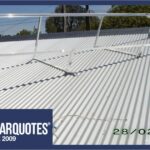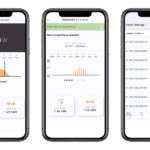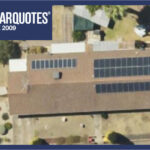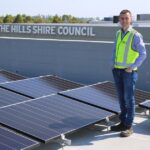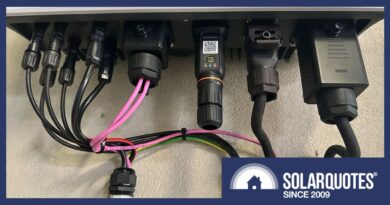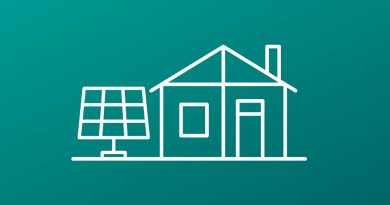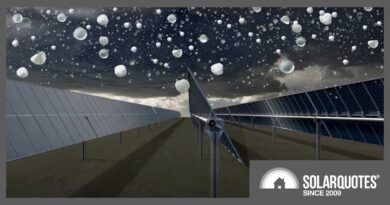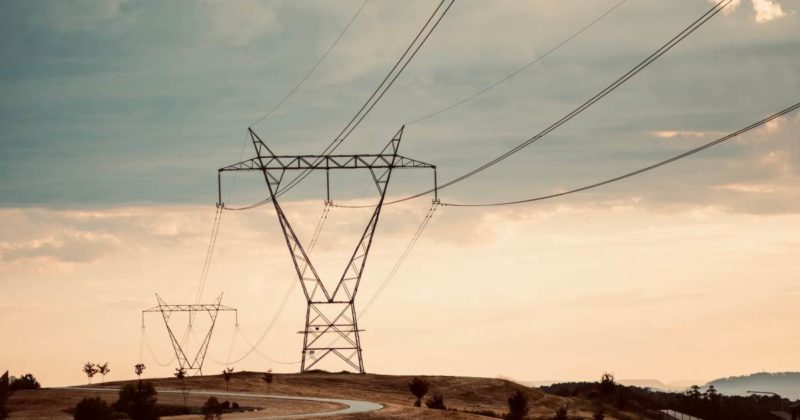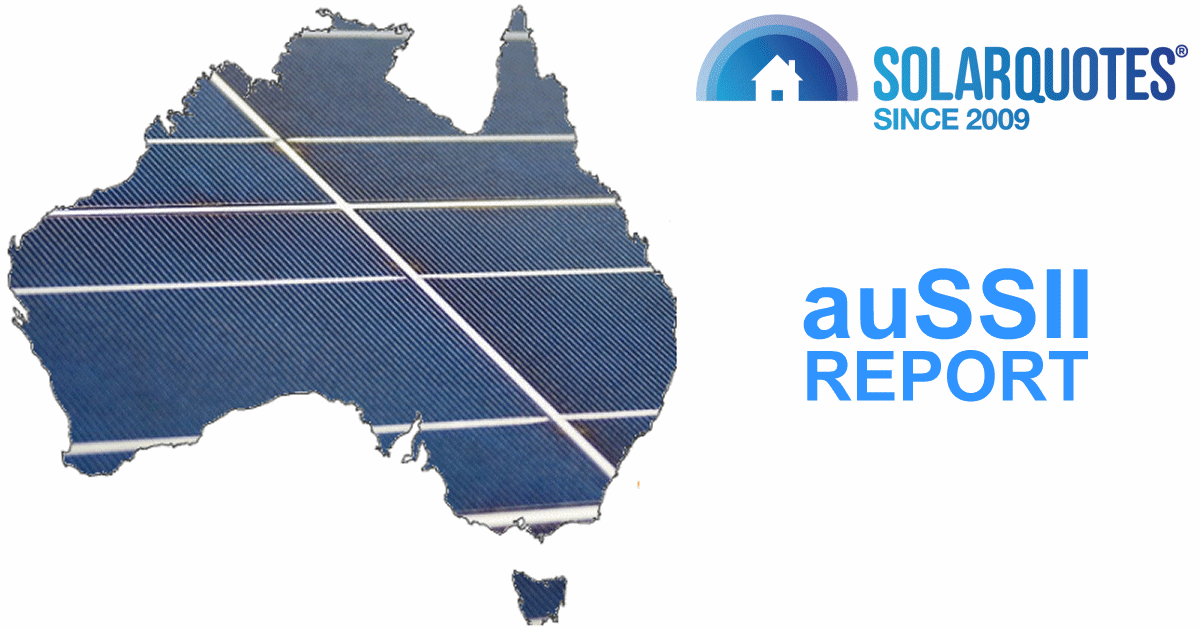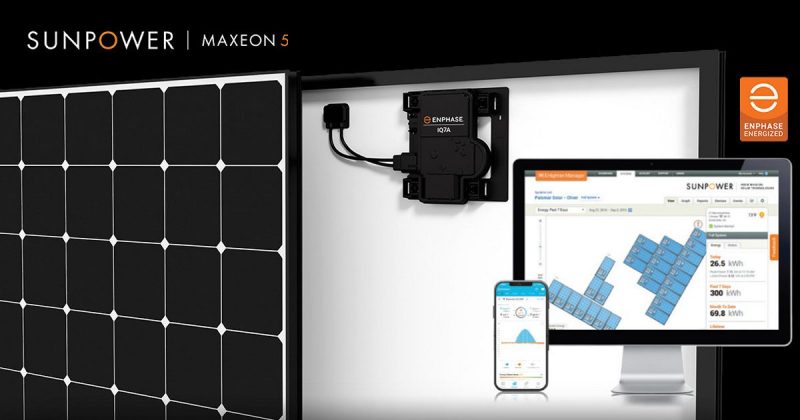UniSA Research: Rethinking Solar Panel Orientation
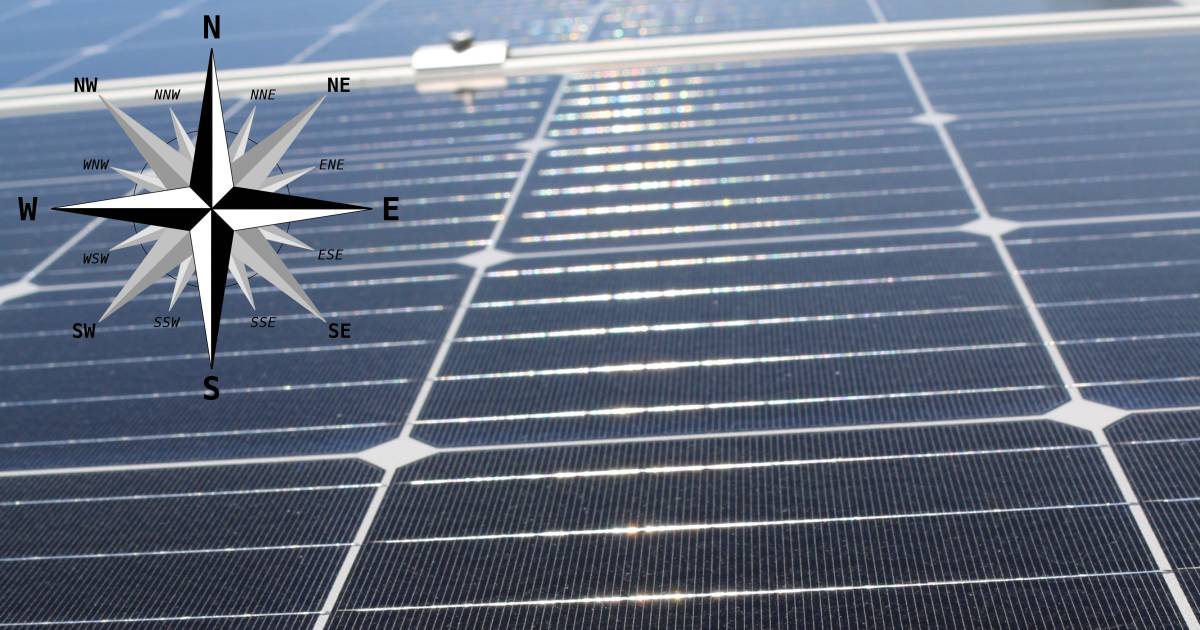
A UniSA solar researcher says it’s time to rethink solar panel orientation (direction) to better suit peak electricity usage periods and maximise solar energy self-consumption.
PhD candidate Kirrilie Rowe notes solar panels on homes in Australia have typically been installed facing the equator (north) to maximise electricity production, but the power generated in this scenario peaks around midday. However, residential loads typically have peaks in the morning and afternoon/evenings as families get ready for work and school, and then as people return home.
All this north-facing solar is having an impact says Ms. Rowe.
“In some markets at certain times we’re already seeing over-supply during peak production times, which can cause grid instability and is leading to reductions in feed-in tariffs”.
Her research involved a study with Associate Professor Peter Pudney using detailed load and irradiance data to calculate the optimal self-consumption panel orientations for a community of 29 dwellings and a residential building with 42 apartments.
“In both cases, panels should initially be installed facing north-west to meet the afternoon loads. If more panel area is available, the optimal configuration has fewer panels facing north-west and more facing north-east and west.”
Ms. Rowe states their research has been used to design a renewable energy system for a retirement village with 24 dwellings, and future work will incorporate energy storage into the model.
Solar Panel Orientation Tools And Info
Here on SolarQuotes you’ll find a detailed article on solar panel orientation here. There’s also a tool on that page for determining the optimum solar panel orientations in each capital city for maximising energy yield and a table indicating how much energy you can expect to generate from almost any combination of solar panel direction and angle compared to the ‘optimum’ orientation – but just keep your electricity consumption profile in mind.
The benefits of optimising orientation for your circumstances are three-fold:
- Decreasing the amount of mains grid electricity consumed.
- Extracting the maximum value from the solar electricity generated.
- Helping to decrease the amount of variability between peak and low loads on the mains grid.
As feed-in tariffs have reduced and will likely further decrease in the future, solar panel direction is becoming an increasingly important part of planning a PV installation. Solar panel angle also comes into play, but generally it’s not such an important issue unless your roof is pitched at less than 10°.
Original Source: https://www.solarquotes.com.au/blog/rethinking-solar-orientation-mb1637/

